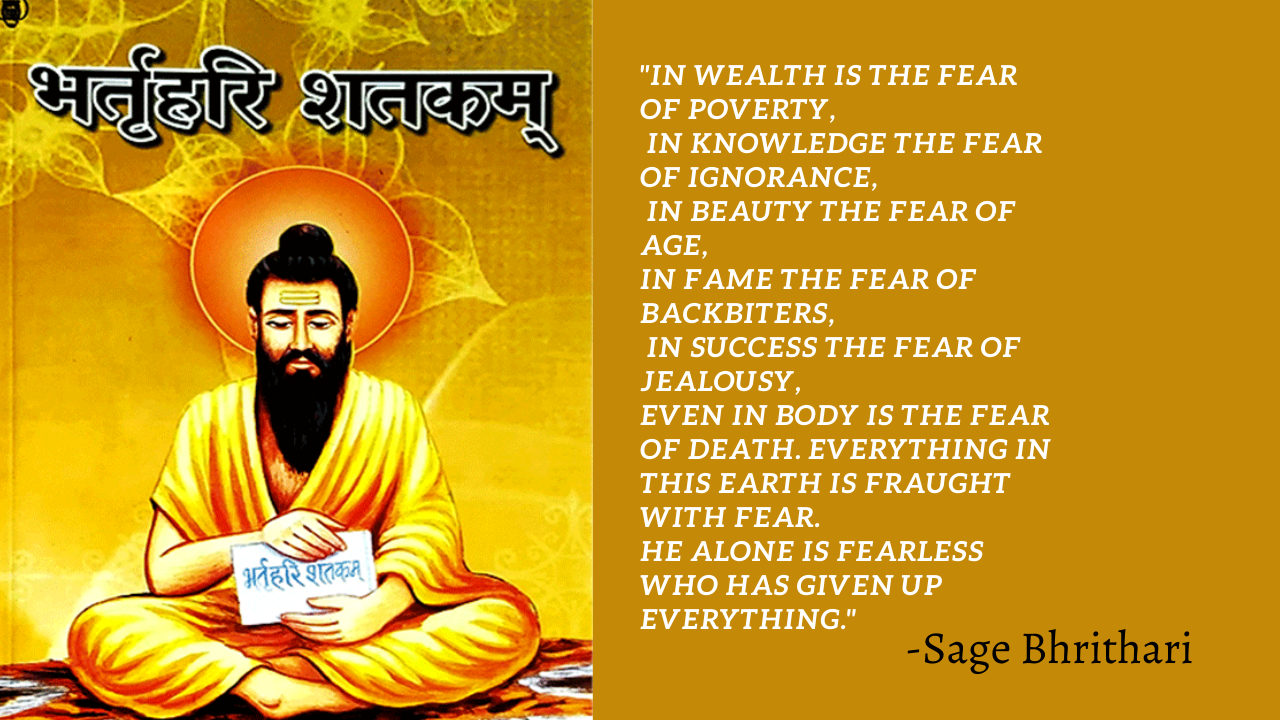The Glorious Temples of Ancient India.
You know, frankly, I hate it whenever people misunderstand the history of India as a superstitious and weird culture. I hate when people say Ancient India had caste discrimination and evil customs.
Yes, there was a time when these practices prevailed. But talking about an 8000+ years old civilization, considering just its past 200 years as 'Indian History' is simply unfair!
For me,
Indian History was so divine, so marvellous, that it can never match any culture in any timeline whatsoever. I am a man of science, each word uttered by me must be backed by fifty thousand proofs right? Yes.
And that is why, in today's blog, I will present you The Glorious Temples of Ancient India.
The temples of India, which are atleast 500 years old. Why Temples?
See, I may decode piles and piles of upanishads for you, I may present you all the Indian Philosophies of Atman and Bramhan but at the end, it is depended on YOUR mind and its capability that how exactly you interpret everything. Maybe, you may even not look at anything simply because its boring!
The best proof I can give of my glorious culture, is currently its architect. The architect, is so magnificent, that being built hundreds of years ago, and also, after the invasions of Mughals and Europeans, STILL standing straight with its immortal backbone of accuracy and top-notch engineering.
We will start our Blog studying about the temples which are firstly nearer to us, and then will go farther gradually. So, let's start from Gujarat first.
1. Sun Temple Modhera
The Sun Temple is a Hindu temple dedicated to the solar deity Surya located at Modhera village of Mehsana district, Gujarat, India. It is situated on the bank of the river Pushpavati. It was built after 1026-27 CE during the reign of Bhima I of the Chaulukya dynasty.
There are many more temples other than Modhera Sun Temple. But for the sake of diversed research, let us go to Madhya Pradesh.
2. Chaumukhnath, Nachna Temples
Nachna Hindu temples, also referred to as Nachana temples or Hindu temples at Nachna-Kuthara,[2][3] are some of the earliest surviving stone temples in central India along with those at Bhumara and Deogarh. Their dating is uncertain, but comparing their style to structures that can be dated, some of the Nachna temples are variously dated to the 5th- or 6th-century Gupta Empire era. The Chaturmukha temple is dated to the 9th century.[4] These temples illustrate a North Indian style of Hindu temple architecture.[5][6]
There are many other temples near Gujarat and in North India. But the legacy of Tamil Temples is clearly at another level. Let us now look at some temples of Southern India.
3. Veerbhadra Lepakshi Temple, TN
Veerabhadra temple is a Hindu temple located in Lepakshi, in the state of Andhra Pradesh, India. The temple is dedicated to Virabhadra, a fierce emanation of Lord Shiva. Built in the 16th century, the architectural features of the temple are in the Vijayanagara style with profusion of carvings and paintings at almost every exposed surface of the temple. It is one of the centrally protected monumemts of national importance and is considered one of the most spectacular Vijayanagara temples.[1][2]
4. Vaidyanatheshwara Temple
Vaidyanatheshwara Temple is a Shiva Temple situated in Talakadu and built between 10-14th Century during Gagaas and Cholas Reign.
Believe me,
There are innumerable such tamil temples which are in the remotest areas of southern india.
These were some temples of India.
Thing that amazes me is that Indian Temples were not just limited to India. Our culture was widespread all over asia back then. Now also, we find many remains of temples in countries like Burma, Indonesia, Nepal and even Cambodia!
Check these out :-
1. Prambanan Temple Indonesia
Prambanan or Rara Jonggrang is a 9th-century Hindu temple compound in Special Region of Yogyakarta, Indonesia, dedicated to the Trimūrti, the expression of God as the Creator (Brahma), the Preserver (Vishnu) and the Destroyer (Shiva).
2. Bayon Temple Cambodia
This temple is a 700 year old temple built by King Jayavarman 7.
2. Angkor Wat Temple Cambodia
Angkor Wat is the largest religious structure (temple complex) in the world by land area,[1] measuring 162.6 hectares (1.626 km2; 402 acres),[3] located in Cambodia. Originally constructed as a personal mausoleum for the King Suryavarman II, dedicated to the Vishnu in the early 12th century, it was converted into a Buddhist Temple towards the end of 12th century and remains so in the present day.[4][5]
3. Preah Vihear Temple Cambodia
Construction of the first temple on the site began in the early 9th century; both then and in the following centuries it was dedicated to the Hindu god Shiva in his manifestations as the mountain gods Sikharesvara and Bhadresvara. The earliest surviving parts of the temple, however, date from the Koh Ker period in the early 10th century, when the empire's capital was at the city of that name.
And yes, this is NOT the end. Moreover, it was not even a trailor. Due to the limitations of this blog, I had to choose a very very few temples out of the thousands remaining.
Also, in this Blog,
The main take-away is not any philosophical principle, it is neither any doctrine that I am trying to prove you all.
I am a mere medium, who showed you what is reality. It is not fair to judge Indian Culture by judging its past 100-200 years. I believe that after the mughal invasions and european invasions, we lost the true essence of our culture.
The conservative image of Indians, that is infamously spread all over nowadays, is a complete lunacy, for the truth is still speaking for itself in our temple architectures.
The Glorious Temples that our ancestors left for us, are self proving to sing its majesty.
Thanks,
Daksh Parekh.












Comments
Post a Comment